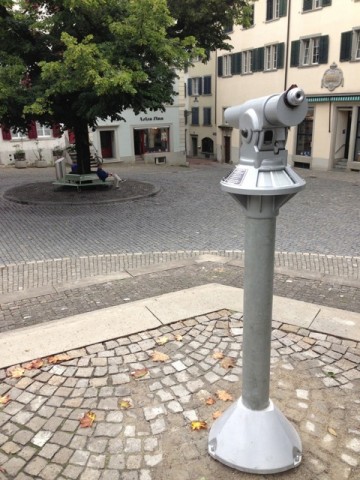Group show
SHAPE THE SCAPE
August 30, 2013 – October 19, 2013
WIDMER+THEODORIDIS contemporary is very pleased to present the new group show ‘Shape the Scape’. Curator Agnes Hoffmann from Basel has together with five galleries developed five sub themes referring to ‘landscape’. Each show will be presented in a different gallery space throughout the year. ‘Interventions: Construction/Destruction’ was selected for WIDMER+THEODORIDIS contemporary.
Landscape can mean many things: home and a strange place, travel destination and economic factor, room with a view or a dash of kitsch. Landscape is certainly a cultural construction, a historically grown way of how to see nature. But what does landscape mean in contemporary art? Five galleries from Berlin, Cologne and Zurich have initiated this pilot project which explores this question in five shows: Line up – Landscape in Dialogue, Cult of Landscape, Interventions: Construction/Destruction, Atmospheres and After Nature.
The face of the world has changed innumerable times throughout the history of the earth. Landscapes have both emerged and disappeared, but it was Homo sapiens that first took it upon themselves to form and utilise whole areas of land for their own needs. As a result, the classical idea of the landscape as a ‘formed nature’ emerges as a counter-notion to a human-dominated and completely malleable earth: Where a view stimulates contemplative observation, where aesthetic beauty is of greater valuethan a region’s natural resources or its territorial position etc., then the idea of an interventional economic exploitation of nature seems at first eclipsed.
Seen from this perspective, land art has perhaps always been a form of atonement, an attempt to compensate for the megalomaniacal desire to subdue nature. This exhibition deals specifically with the topic of man as creator versus nature: In it, we present works that deal with aspects of constructing and intervening, whereby the selected works, themselves artistic constructions, explore from the first instance such terms as ‘forming’, ‘construction’ and ‘projection’.
In this respect, the works exhibited approach ‘intervention’ or ‘the forming of nature’ in very different ways. Art seems to be a consistent means of representing the processes of construction and destruction, of commenting upon them or acting them out in order to open them up to critical reflection. Generally speaking, this does not occur because of an artist’s explicit political partisanship; instead, the works focus more upon the complexity of dynamic interactions and the coexistence of productive and destructive powers. They are dialectic in that, as works of art, they demand a freedom of space for the presentation of this ambivalent simultaneity.
The face of the world has changed innumerable times throughout the history of the earth. Landscapes have both emerged and disappeared, but it was Homo sapiens that first took it upon themselves to form and utilise whole areas of land for their own needs. As a result, the classical idea of the landscape as a ‘formed nature’ emerges as a counter-notion to a human-dominated and completely malleable earth: Where a view stimulates contemplative observation, where aesthetic beauty is of greater valuethan a region’s natural resources or its territorial position etc., then the idea of an interventional economic exploitation of nature seems at first eclipsed.
Seen from this perspective, land art has perhaps always been a form of atonement, an attempt to compensate for the megalomaniacal desire to subdue nature. This exhibition deals specifically with the topic of man as creator versus nature: In it, we present works that deal with aspects of constructing and intervening, whereby the selected works, themselves artistic constructions, explore from the first instance such terms as ‘forming’, ‘construction’ and ‘projection’.
In this respect, the works exhibited approach ‘intervention’ or ‘the forming of nature’ in very different ways. Art seems to be a consistent means of representing the processes of construction and destruction, of commenting upon them or acting them out in order to open them up to critical reflection. Generally speaking, this does not occur because of an artist’s explicit political partisanship; instead, the works focus more upon the complexity of dynamic interactions and the coexistence of productive and destructive powers. They are dialectic in that, as works of art, they demand a freedom of space for the presentation of this ambivalent simultaneity.

